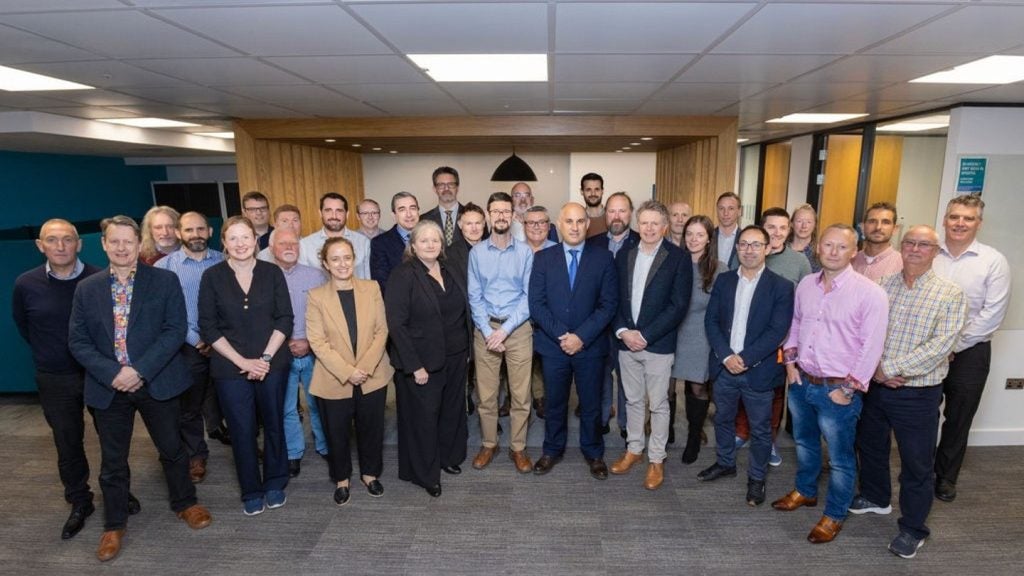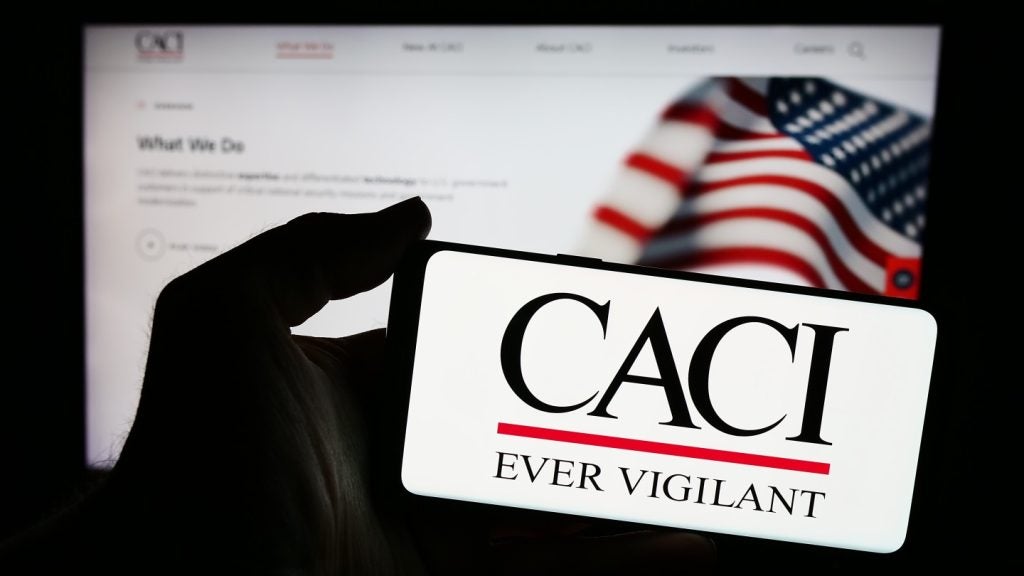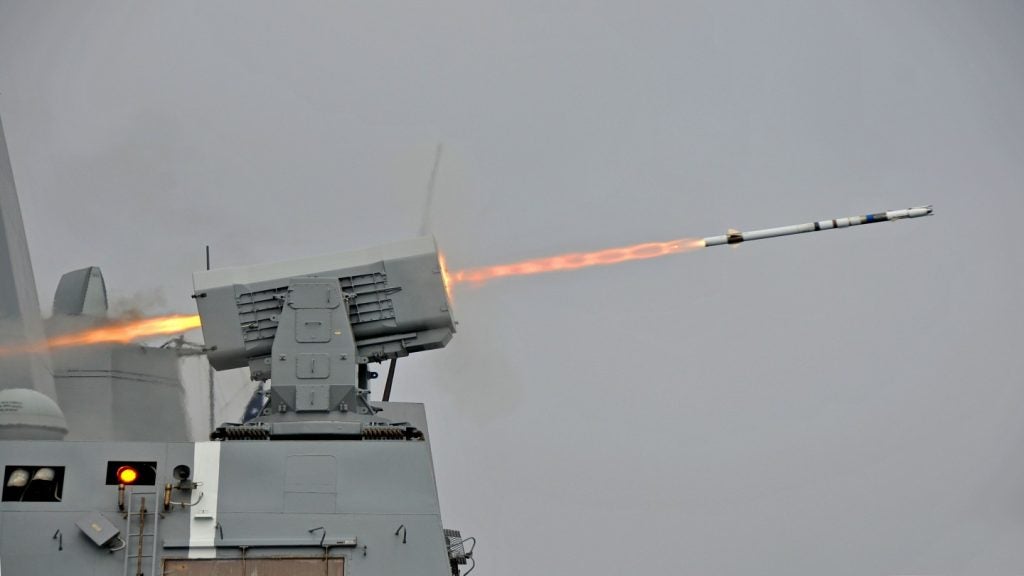The US Navy has successfully demonstrated Raytheon Standard Missile-6 (SM-6) air defence interceptor’s surface-to-surface engagement capability.
During the flight test, the air defence Arleigh Burke-class destroyer USS John Paul Jones fired the SM-6 missile that successfully engaged a surface target, the decommissioned USS Reuben James (FFG 57).
Conducted to demonstrate the US Navy’s concept of distributed lethality, the flight test proved the Standard Missile-2 family of missiles’ anti-surface warfare (ASUW) capability, the MK7 Aegis Weapon System (AWS), and the latest Aegis Destroyer baseline 9.
The distributed lethality concept seeks to increase the offensive might of the surface force by employing ships in dispersed formations while enabling future options for the joint force commander.
Raytheon Missile Systems president Dr Taylor Lawrence said: "This test event demonstrated Raytheon’s decades of continued technological development and partnership with the US Navy.
"The ability to leverage the Standard Missile Family and the legacy AWS in newly fielded systems brings additional warfighting capability to the US Fleet."
The SM-6 missile has already shown expanded mission capability in anti-air warfare, sea-based terminal and ASUW areas.
While more than 250 SM-6 missiles have been delivered to date, the weapon was first deployed in 2013.
Raytheon carries out the missile’s final assembly at its SM-6 and SM-3 all-up-round production facility at Redstone Arsenal in Huntsville, Alabama, US.
The US Navy’s next-generation extended-range anti-air warfare (AAW) interceptor missile is the sixth variant of the SM family.
When launched from an Aegis warship, the SM-6 provides an over-the-horizon engagement capability, and uses the latest in hardware and software missile technology to provide the needed capabilities against evolving air threats.
It is expected to attain full operational capability during the first quarter of 2018.








